What Is An Antique Car?
An antique car is much more than just an old vehicle; it’s a treasured piece of automotive history that captures the imagination of enthusiasts and collectors alike. Typically defined by its age, rarity, and historical significance, an antique car represents a bygone era of design and innovation. In this guide, we will find out what makes a car an antique, detailing the criteria and characteristics that distinguish these classic vehicles from ordinary old cars, and why they hold a special place in the hearts of many.
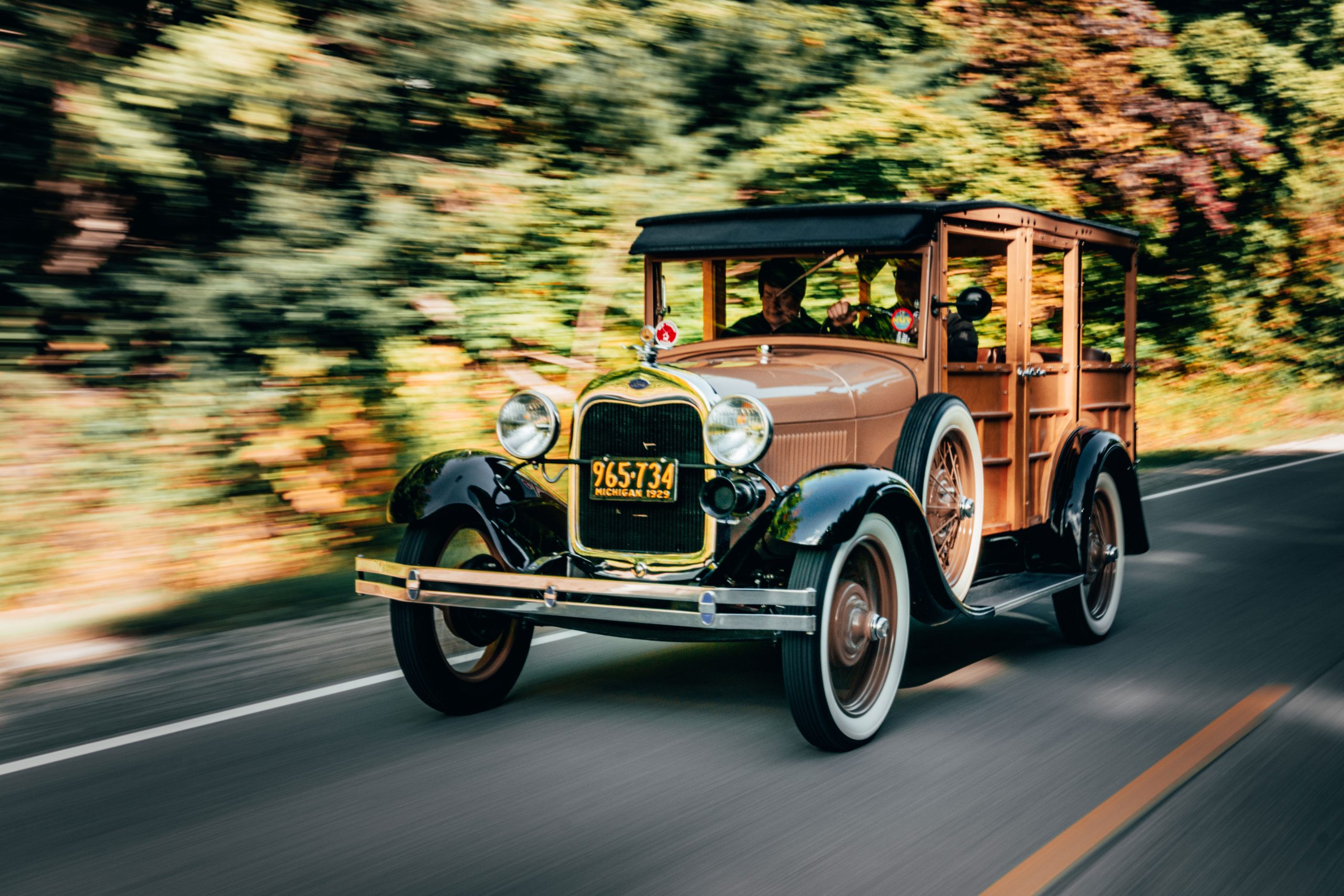
What Is An Antique Car?
An antique car is an older automobile, but there’s no single universally accepted definition for its exact age. Here’s a breakdown:
- General Range: An antique car is generally considered to be a car that’s at least 45 years old.
- Variations: However, this can vary depending on the source or classification system. The Antique Automobile Club of America (AACA), for instance, defines an antique car as over 25 years old, while legal definitions for antique vehicle registration purposes can vary widely by country or state.
Key Characteristics:
- Age: As mentioned before, the defining characteristic is being at least 45+ years old (and sometimes even older depending on the classification system).
- Historical Significance: Antique cars represent a bygone era of automotive history and design.
- Collectible Value: Due to their age and rarity, antique cars can be valuable collector’s items.
- Condition: Antique cars can range in condition from fully restored to unrestored originals. Both can hold value depending on the specific car and its history.
How Old is an Antique Car?
There’s no single, universally accepted age for an antique car, but here’s a breakdown of the most common ranges:
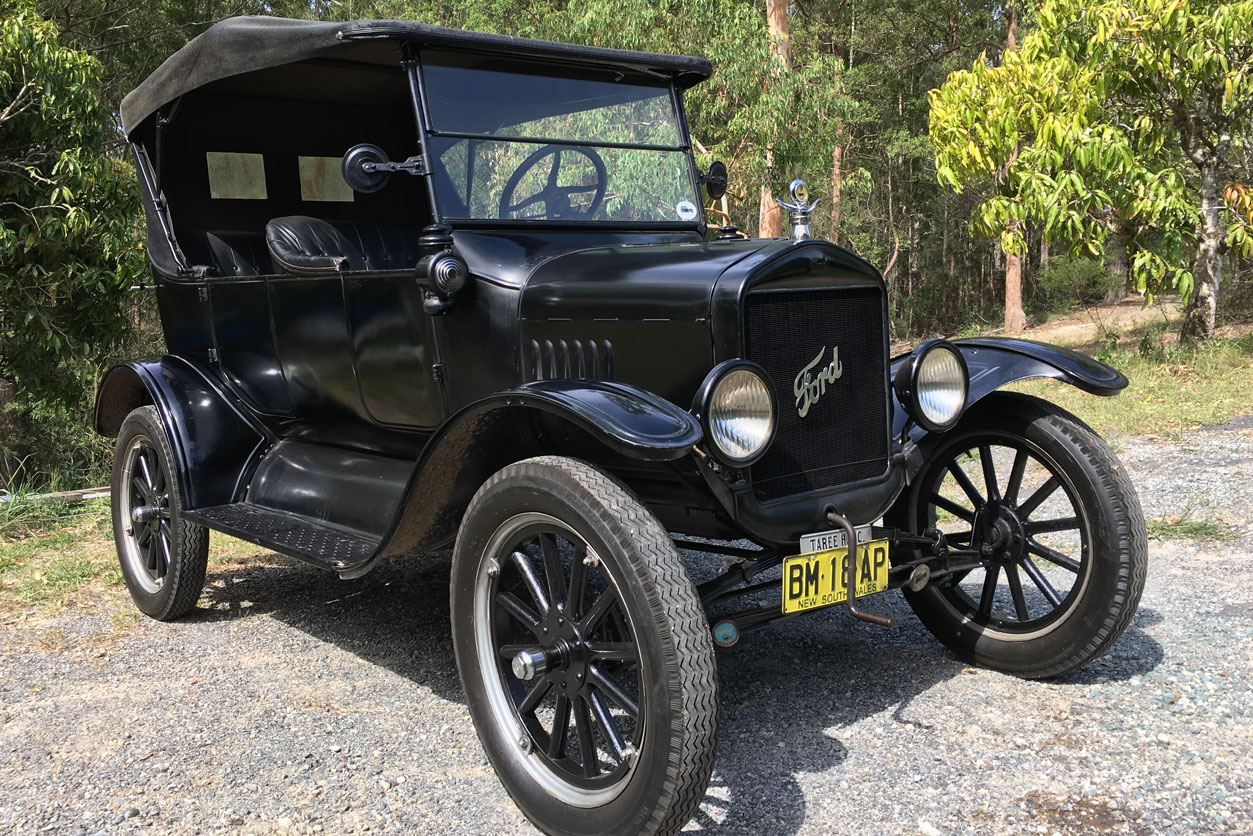
Generally Accepted Range: An antique car is typically considered to be at least 45 years old. This is a widely used benchmark.
Variations: There can be variations depending on the classification system or source.
- Antique Automobile Club of America (AACA): They define an antique car as over 25 years old, which is a less common standard.
- Legal Definitions: Legal definitions for antique vehicle registration can vary by country or even state within a country. Some places might use the 45-year mark, while others might have a different age limit.
What to Consider When Buying an Antique Car?
Here are some key considerations to keep in mind when venturing into the exciting world of buying an antique car:
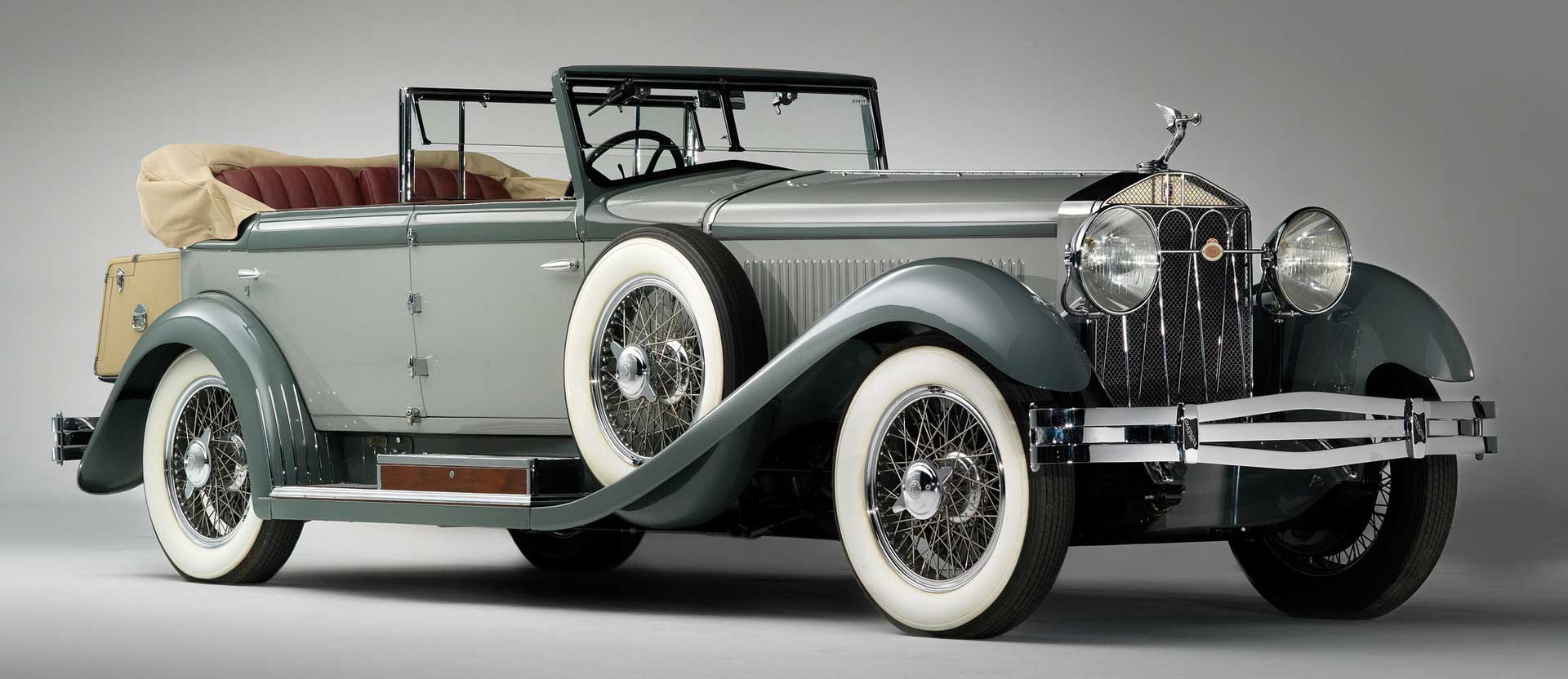
1. Define Your Goals and Budget:
- Enjoyment vs. Investment: Are you looking for a car to enjoy cruises and car shows, or do you see it as a potential investment? This will influence the type of car, condition, and price range you target.
- Budget: Antique cars can range significantly in price depending on factors like rarity, condition, and model. Set a realistic budget that considers not just the purchase price, but also potential restoration costs, maintenance, insurance, and storage.
2. Research Different Cars:
- Choose Your Era: Do you have a specific time period or car make/model in mind? Research different antique cars to understand their history, common issues, parts availability, and typical price ranges.
- Club Resources: Car clubs dedicated to specific eras or marques can be a valuable source of information and advice from experienced collectors.
3. Inspect the Car Thoroughly:
- Don’t be blinded by charm: While antique cars have nostalgic features, prioritize a thorough inspection to avoid hidden problems.
- Look for Rust: Rust can be a major issue in older cars. Inspect the frame, body panels, and underneath the car for rust damage.
- Check Engine and Mechanicals: Have a qualified mechanic familiar with antique cars inspect the engine, transmission, brakes, and other mechanical components.
- Documentation: Ensure the car has a clean title and complete service records if possible.
4. Factor in Future Costs:
- Restoration: Depending on the car’s condition, you might need to factor in restoration costs. Consider if you’ll be tackling some restoration work yourself or hiring professionals.
- Maintenance: Antique cars may require more frequent maintenance than modern cars. Be prepared for parts potentially being harder to find and potentially more expensive.
- Insurance: Antique car insurance can be more affordable than regular car insurance. Get quotes from different providers specializing in collector vehicles.
- Storage: Consider where you’ll store the car. Will you need a garage, or will you factor in storage costs?
5. Consider Using a Licensed Importer (if applicable):
- Importing from Another Country: If you’re looking at an antique car from another country, a licensed importer can handle the complexities of import regulations and logistics.
What Are Some Of The Most Valuable Antique Cars?
The world of antique car collecting is fascinating, and the value of these vehicles can reach staggering heights. Here are some of the most valuable antique cars ever sold, along with some factors that contribute to such high prices:
Top Contenders for Most Valuable Antique Car:
1955 Mercedes-Benz 300 SLR Uhlenhaut Coupe: This unique prototype recently sold for a whopping $142 million at auction, making it the most expensive car ever sold. Its rarity (only two ever built), historical significance, and cutting-edge technology for its time all contributed to this record-breaking price.
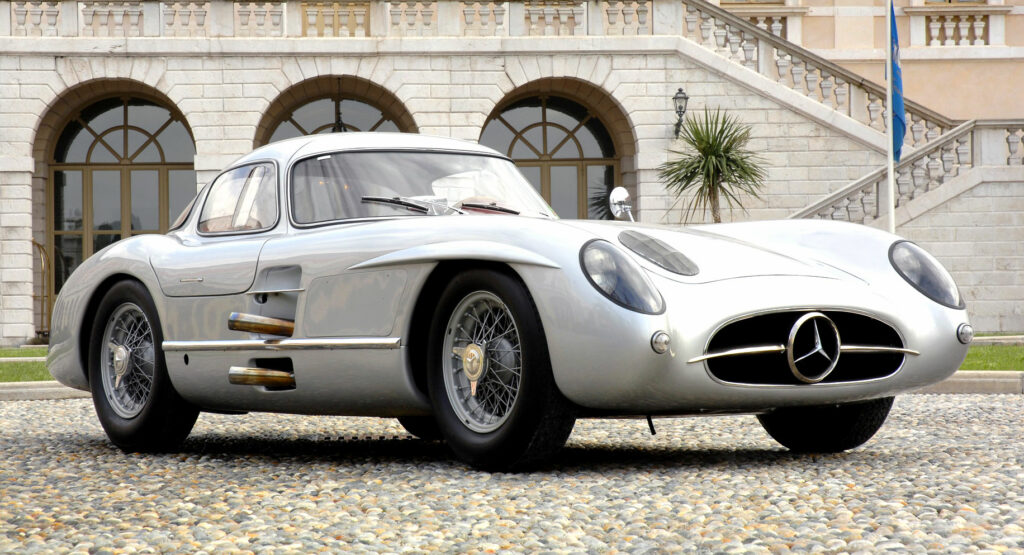
1962 Ferrari 250 GTO: Several Ferrari 250 GTOs have sold for exorbitant prices over the years, with one fetching over $48 million in 2018. These iconic cars were high-performance racing machines with a captivating design, limited production numbers, and a rich racing heritage.
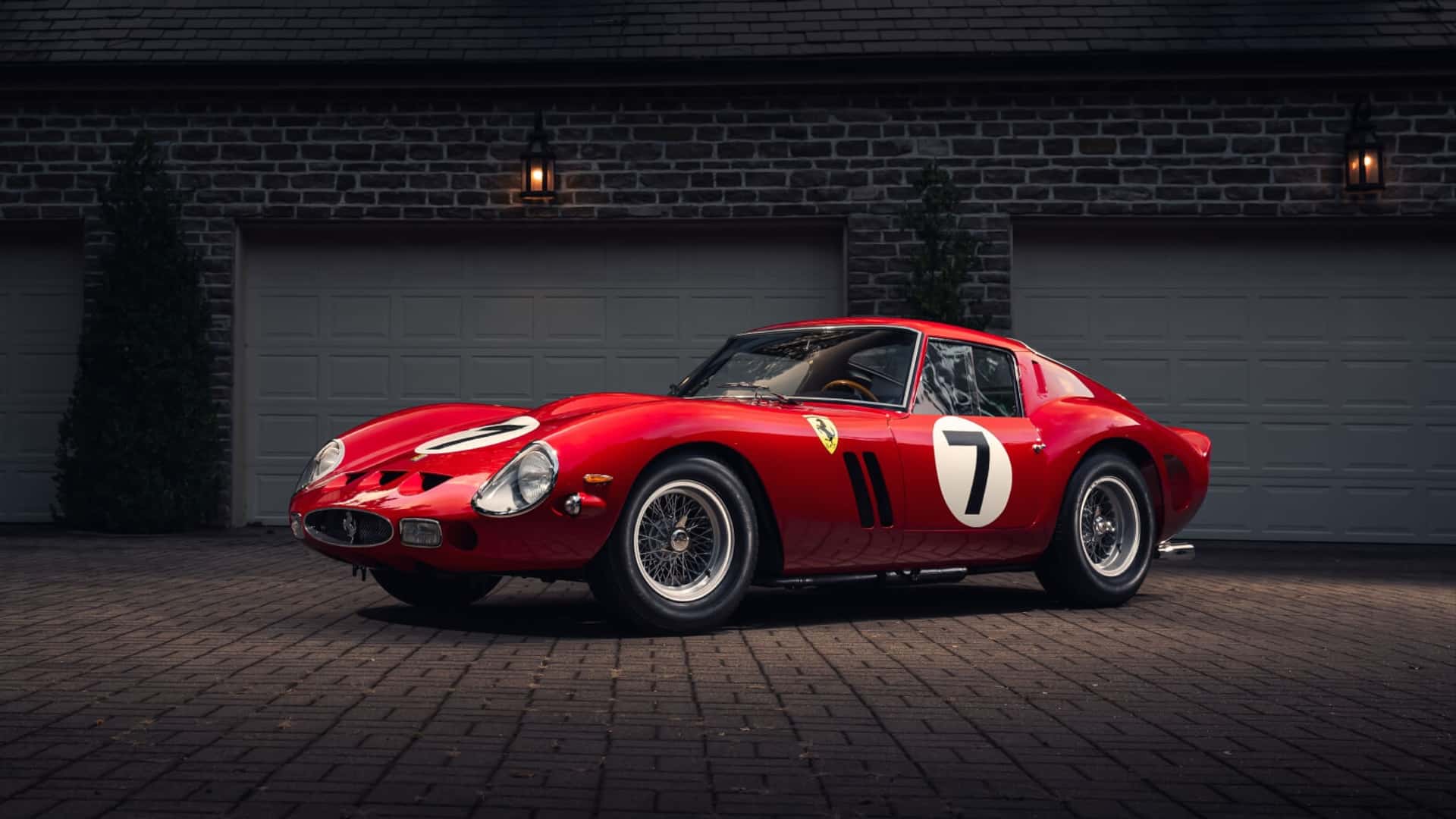
1936 Bugatti Type 57SC Atlantic: Bugatti is another legendary marque known for its luxurious and powerful vehicles. A Bugatti Type 57SC Atlantic, known for its innovative teardrop-shaped body, sold for a staggering $40 million in 2010.
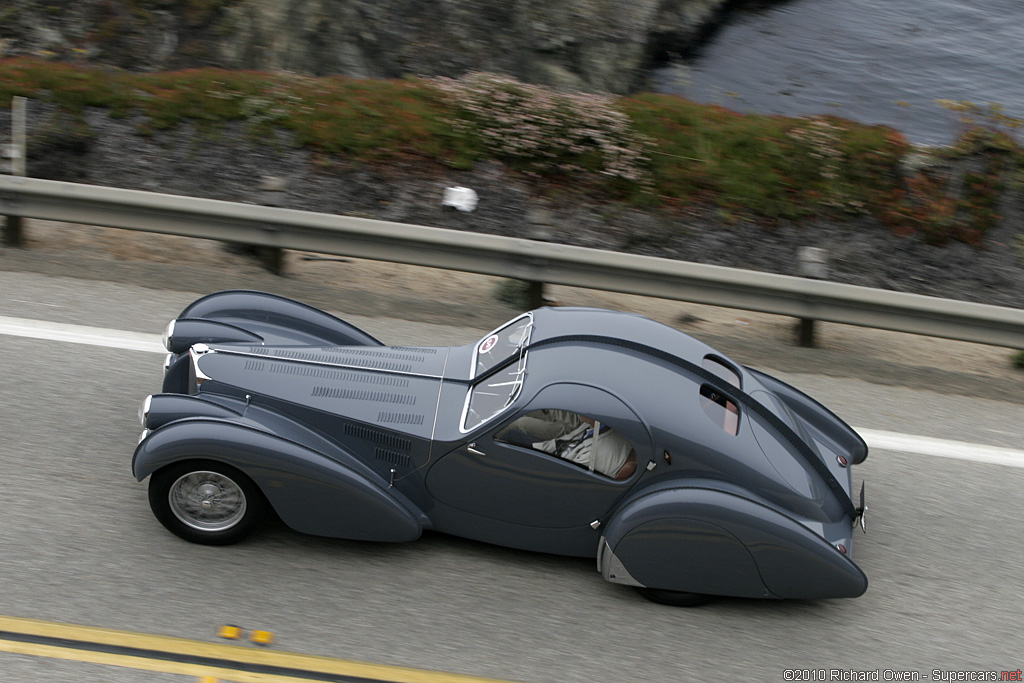
Frequently Asked Questions
What factors enhance the value of antique cars?
The values of antique cars are often influenced by their originality, parts authenticity, their condition, and pedigree. Their cultural and historical significance also plays a key role in boosting their appeal and desirability amongst collectors.
Which are some of the most valuable antique cars according to the article?
The article mentions the 1916 Ford Model T, the 1968 Ford Mustang GT390, and the 1977 Camaro amongst the most valuable antique cars. However, other models from the Veteran, Brass, and Vintage eras are also highly prized.
Which organization classifies antique cars?
The Antique Automobile Club of America (AACA) is responsible for classifying antique cars. Their standards have been widely accepted within the antique car collecting community.
Are there any legal requirements for registering antique vehicles?
Yes, there are specific and varying legal requirements for antique vehicle registration. These requirements usually depend on the state in which the vehicle is being registered.
Why are antique cars significant in automotive history and pop culture?
Antique cars hold significant importance in both automotive history and pop culture due to their iconic styles, mechanical innovation, and historic value. Being featured in films further enhance their popularity and desirability amongst collectors.

Hi! I’m Larry Gibbs, studying mechanical engineering with a focus on cars. I really love Ferraris and write blog posts about the latest car stuff. When not studying or blogging, I’m usually on a road trip exploring new places. I also enjoy playing football and watching movies. Life’s an adventure, and I’m all about enjoying the ride!

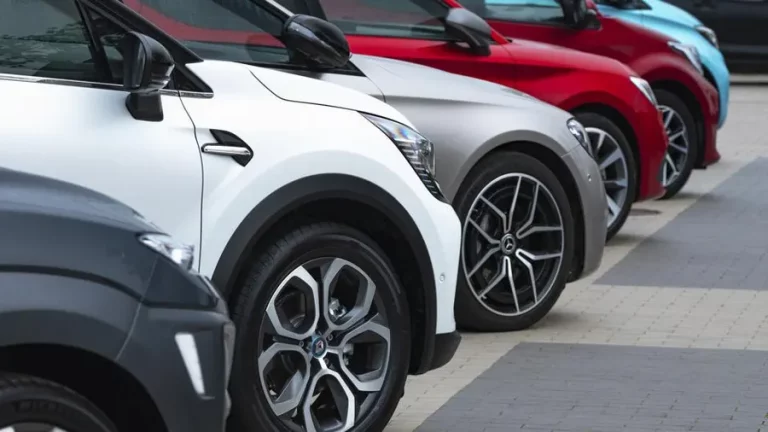

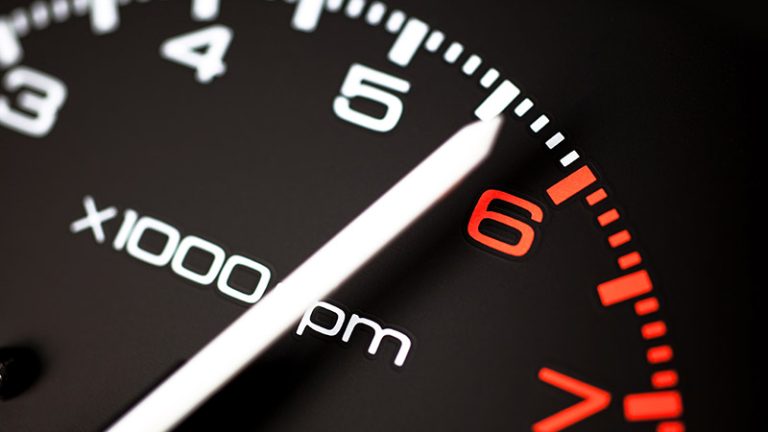
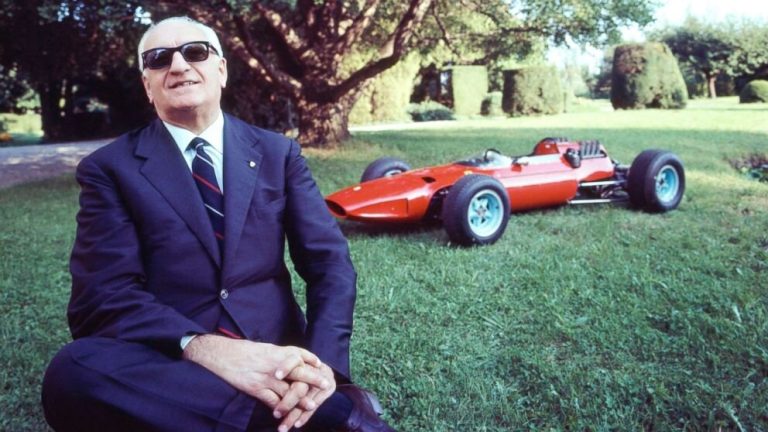

![Top 10 Cheapest Lamborghini In 2024 [New & Used]](https://www.experienceferrari.com/wp-content/uploads/2024/05/636088_1675947870778_1679033820791_1679033820791-768x432.webp)